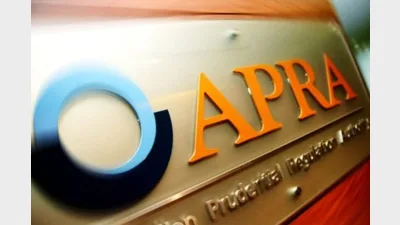JP Morgan launches portfolio analytics tool



JP Morgan has launched a portfolio analytics tool that it claims will help superannuation trustees comply with the new standard risk measure (SRM) classification system.
The SRM system is based on guidance by the Financial Services Council and the Association of Superannuation Funds of Australia regarding the disclosure of investment risk in the shorter product disclosure statement (SPDS) regime.
JP Morgan's Online Portfolio Analytics Lab (OPAL) is a web-based tool that allows superannuation trustees to quickly analyse their underlying data and assess their level of investment risk, according to David Braga, JP Morgan's Investor Services Product head for Australia and New Zealand,.
"The Standard Risk Measure can be simply derived from the Portfolio Construction Tool (PCT) module within OPAL," Braga said.
"Beyond its application to the Standard Risk Measure, OPAL has been designed to support institutional investors with their decision-making around investment manager selection and asset allocation," he added.
The SRM was introduced on 22 June 2012, and required superannuation trustees to classify each investment option on a 'one to seven' scale (where 'one' is very low risk and 'seven' is very high risk).
Recommended for you
Delayed climate action could wipe hundreds of billions from superannuation balances by 2050, according to new analysis from Ortec Finance.
APRA deputy chair Margaret Cole has called on superannuation trustees to accelerate efforts to support members moving into retirement and to strengthen protections against growing cyber and operational risks.
Super trustees need to be prepared for the potential that the AI rise could cause billions of assets to shift in superannuation, according to an academic from the University of Technology Sydney.
AMP’s superannuation business has returned to outflows in the third quarter of 2025 after reporting its first positive cash flow since 2017 last quarter.










